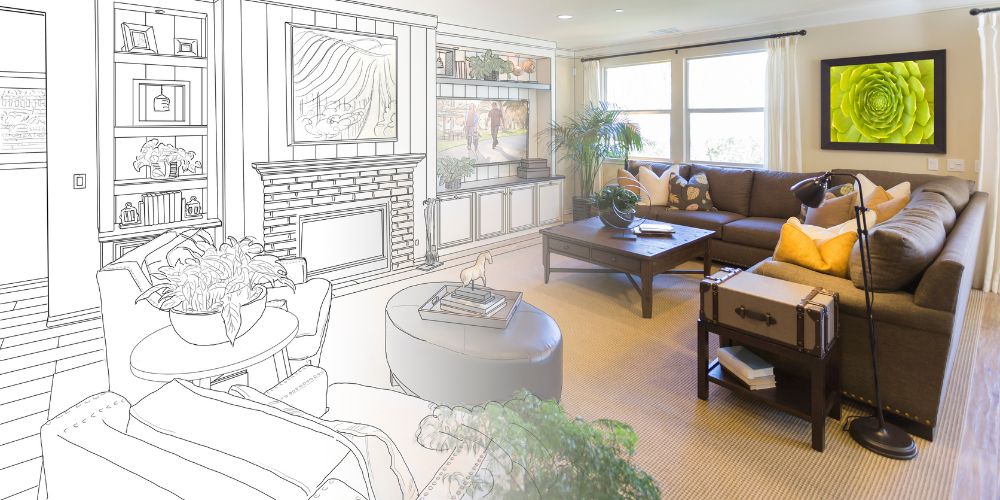Utilisation of rondavel space by amaXhosa people: a case of Mbhashe local municipality, Eastern Cape Province, South Africa

This paper used the concept of habitus to understand whether the changing design and structure of rondavels has influenced its utilisation. Habitus refers to the norms, values, habits, dispositions and behaviours of a particular group, which can then guide how they feel, think, act, and use the space. Habitus can be a product of past experiences and practices learned from parents, family experiences, and society (Hong and Zhao 2015). It is created and reproduced by structures and practices of society; it is not fixed and changes over time due to particular circumstances (Bourdieu et al. 2000; Navarro 2006). The study discussed the amaXhosa people’s habitus on the utilisation of the traditional family house rondavel and how it has been influenced by the introduction of contemporary architectural designs. It is noted that architectural change brought by society does not change cultural norms, values, habits, dispositions and behaviours attached to rondavels but results in finding ways to accommodate and preserve its utilisation in new architectural developments and selectively choosing ideas to be transmitted to the contemporary house design. The cultural norms, values, habits, dispositions, and behaviours attached to rondavels have also been influenced by advancements in health and medical innovation, as well as Covid-19.
The findings revealed the habitus of the amaXhosa people at the Mbhashe Local Municipality. The utilisation of the traditional family house rondavel includes childbirth, placement of the deceased’s coffin, sleeping, seating, food preparation, serving and storage, keeping the spear, hosting ceremonies, communicating with ancestors, and interacting with the living. The amaXhosa habitus is acquired by growing up in the Xhosa society, being taught by parents, and observing how things are done, which has been passed down from generation to generation. The influence of contemporary architecture brought changes in the construction of rondavel.
Home births are no longer practised because of advancements in health and medicine. The placement of the deceased’s coffin in the upper part of the rondavel a day prior to the funeral has been adopted in the use of a contemporary rondavel; however, it is no longer prevalent because of the Covid-19 restrictions. However, on the day of the funeral, the deceased’s coffin is placed in the upper part of the rondavel for a shorter period and a ritual burning incense and asking the ancestors to welcome the deceased is performed because it is a critical cultural practice.
People also do not opt to sleep on the floor unless there is a ceremony. The preparation of food, its serving and storage differs in that there is no hearth in the new contemporary house; so food is prepared in the main house or the upper part of the rondavel. The gendered division of space, hosting ceremonies, communicating and interacting with ancestors has been adopted in contemporary houses too. However, some still prefer to host ceremonies and communicate with the ancestors in traditional rondavels instead.
People have not resisted new architectural designs or changing cultural norms, values, habits, dispositions and behaviours but have found ways to adapt. Certain old dispositions are adaptable to contemporary structures. Also, a study conducted by Moremoholo (2021) reveals that some indigenous values such as practising ancestral ceremonies can be incorporated or retained in modern house structure. However, some people are not interested in adapting elements to the contemporary rondavel. They would rather have two structures – the current rondavel design and a traditional rondavel to be utilised for uses that cannot be adapted to the contemporary rondavel. The presence of traditional rondavel in modern times is also witnessed even in Nigeria (Onyejegbu et al. 2023).
Some cultural norms, values, old habits, dispositions, and behaviours of utilising traditional rondavels were not adapted to the contemporary rondavel because of health and medical innovations such as childbirth and placing the deceased’s coffin in the rondavel. Clearly, some amaXhosa cultural practices are modified but not completely forgotten.
Future studies can focus on profiling architectural designs found in the Mbhashe Local Municipality and investigate their origins and influencing factors. Others could also focus on rondavels utilised by traditional healers to understand how they have been impacted by architectural changes to space utilisation. It will be also interesting to understand why people still opt for traditional rondavels despite the existence of beautiful modern buildings.
link







